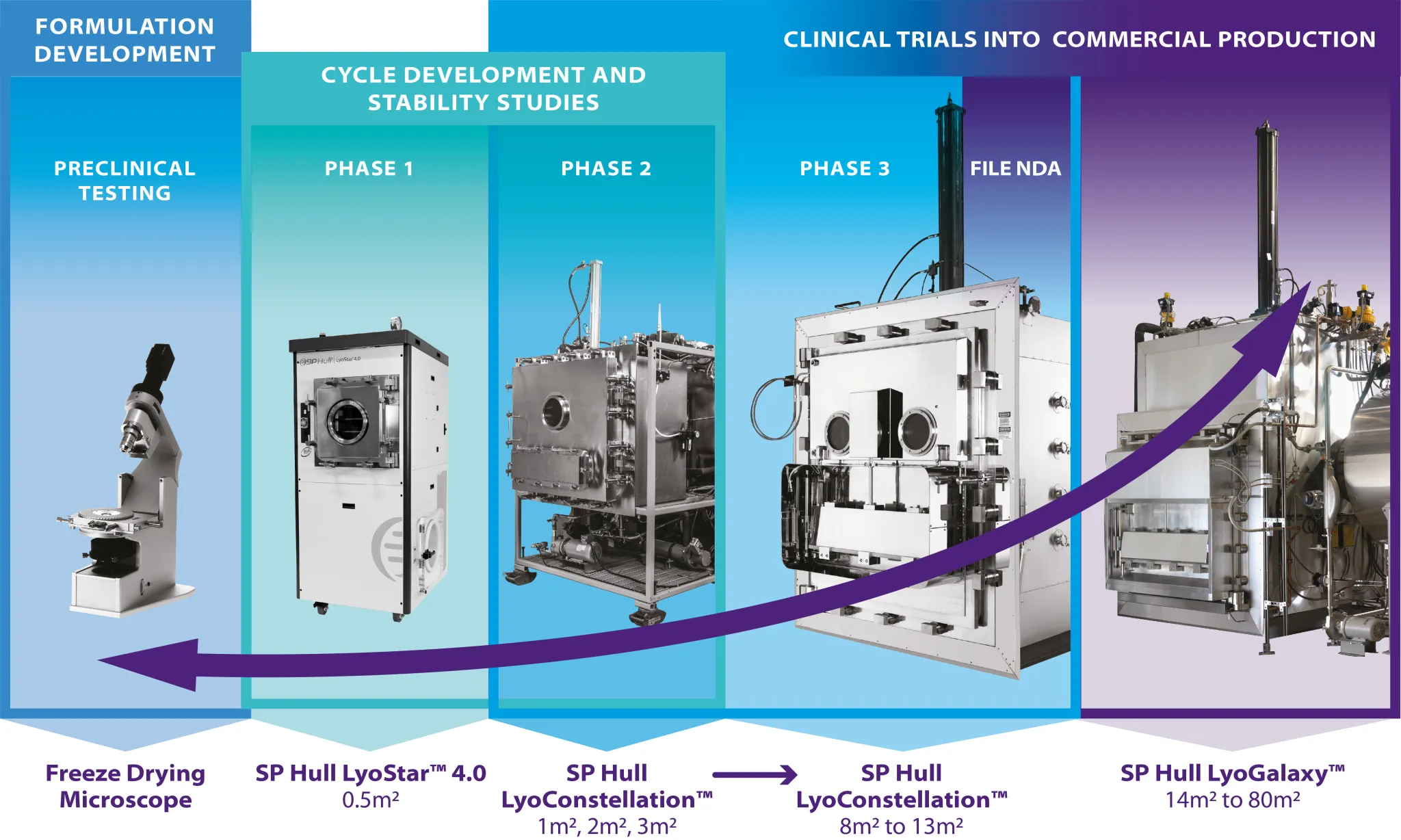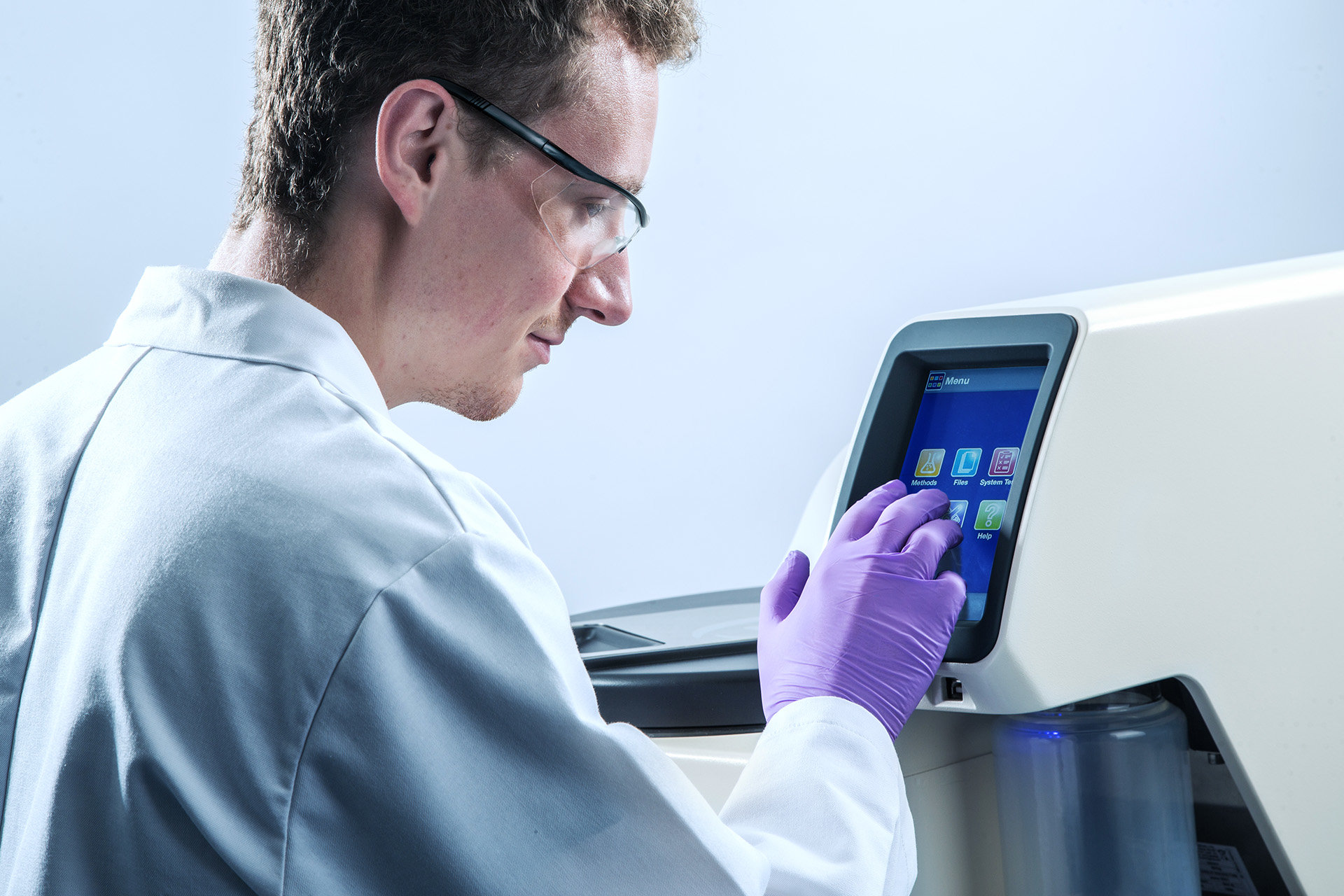By: Sophie Mcdougall
The effectiveness of ADME/Toxicology studies is, now more than ever, critical to the shortening the time-to-market of novel drugs. An ability to obtain rapidly accurate and reliable data from animal models in order to track the metabolic fate of a novel chemical entity in vivo is now a key skill in the drug discovery industry.
Traditionally, the metabolites are tracked through labelling, whether radioactive or dye-labelled, with percentage recoveries calculated after harvesting of key tissues from the animal model. Whilst there have been moves away from radio-labelling in recent years because of the cost and inconvenience associated with working with “hot” materials, it still has much to offer in metabolite tracking. Large fluorescent dye molecules it is now thought, may act as artefacts and actually alter the metabolic fate of certain compounds by interacting in unexpected ways at the cellular chemistry level. Radionuclides, on the other hand, share the same stereochemistry as their stable isotopes and thus behave in exactly the same manner as far as their pharmacokinetics are concerned. It is thought, therefore, that we are still some way off from the time that we can dispense with radio-labelling for such studies entirely.
One of the traditional problems associated with radio-labelling is the accurate calculation of recoveries. This is essential information for the biochemist attempting to ascertain the metabolic pathways for a new drug and the acceptability of low levels of by-products of metabolism in certain tissues. Thus some attention must be focussed on the methods used to ensure the most accurate and timely calculation of recoveries.
The use of microtitre plates which are coated or impregnated with a scintillator allows the use of automated photometric detection platforms such as the Packard TopCount or Wallac MicroBeta to visualise and count the radioactive decays occurring in each well of the microplate over unit time. Emitted alpha or beta particles from the isotopic label strike a solid scintillant molecule. The particle is absorbed and through a molecular cascade mechanism, a photon is emitted. For each collision event, one photon is produced, so the direct correlation enables quantitative measurements to be made. This is now the standard method for calculating recoveries, as the observed counts per minute (cpm) values from the sensitive photomultiplier detectors can be directly correlated through software to provide concentration data or percentage recovery based on known initial doses.
There are two plate types in use for these studies. The solid scintillant type plates have the scintillator impregnated into the plastic matrix itself. These plates, such as the Scintiplate from Perkin Elmer, are easy to use and give consistent results, but sensitivity is sacrificed, as emitted particles must penetrate the plastic wall of the well before a collision with a scintillant molecule is possible. In addition, scintillant is spread evenly throughout the plastic plate, whereas the sample is typically concentrated at the bottom of each well. In the alternative plate type, a slurry which contains the scintillant and a binding compound is coated onto the inner surface of each well. Perkin Elmer Luma Plates are an example of this type of technology.
Because the sample is now in very close proximity to the scintillant, sensitivity is vastly increased, thus giving more accurate recovery data and reducing the necessary counting time. In addition, it has been found that scintillant can become detached from the well wall and closely mingles with the sample. By drying down the liquid sample it is possible to concentrate the sample/scintillant mixture in a very small spatial area.
The studies we have carried out here at Sanofi-Aventis show that by using a centrifugal evaporator of the type supplied by Genevac Ltd, and using Lumaplates, it is possible to increase the sensitivity and hence recoveries considerably. The Genevac HT-4 Centrifugal Evaporator combines a centrifuge with a vacuum assisted evaporation system to quickly dry down the plates whilst preventing crosscontamination from well to well. We have found in our studies that the extra gravitational force applied to the sample slurry in each well causes the scintillantsample mixture to dry as a tight pellet at the bottom of the well.
The result of such pelleting is that the photomultiplier head captures far more of the emitted photons than is the case when the scintillant is distributed evenly around the well. This extra sensitivity has allowed us to reduce count times, which together with the accelerated drying times given by the Genevac evaporator, has significantly contributed to improved throughput in our department.
Consulting with the supplier and industry colleagues we are aware that similar results have been experienced at our Montpellier, France site and, according to Genevac, at Laboratoires Fournier and Pfizer Global Research in the UK. We decided to further study this effect by comparing results from an older Savant Speedvac 250 machine, which is also in our lab. Our results showed that whilst the Savant unit also increased sensitivity slightly with Lumaplates, the lower g-force meant that the slurry dried more on the walls and less in the bottom of the well. The best results were clearly demonstrated by the higher g-force Genevac machine. The applied force in this case is equivalent to around 500G and this has proved more than adequate for our needs. It is not at all clear that any higher g-force would give better results, as the Genevac seems to apply sufficient force to concentrate the sample adequately central to where the photomultiplier head will have highest read sensitivity.
It can therefore be concluded that the use of Luma plates and Genevac evaporators has therefore contributed to increased efficiency in the ADME analysis laboratory at Sanofi Aventis by shortening both sample preparation times and analysis times. With the direct correlation between early phase critical pathway lengths and overall time to market for new drugs it is easy to see that this system has a relatively short payback time. It also demonstrates that there is still a useful role for radio-labelling in drug discovery.








